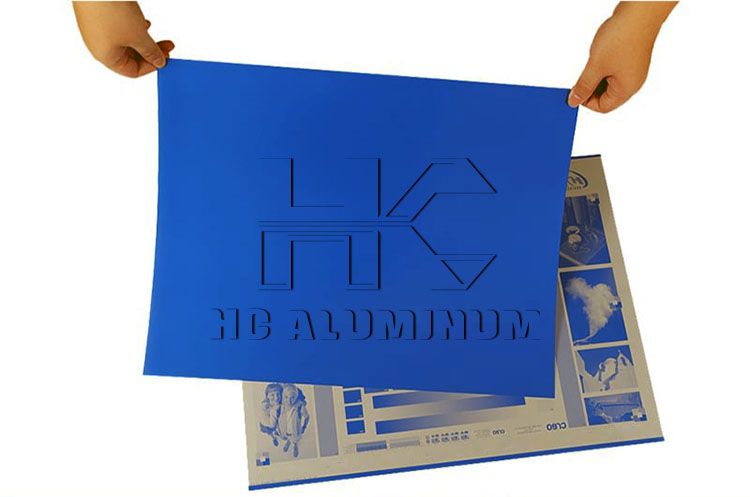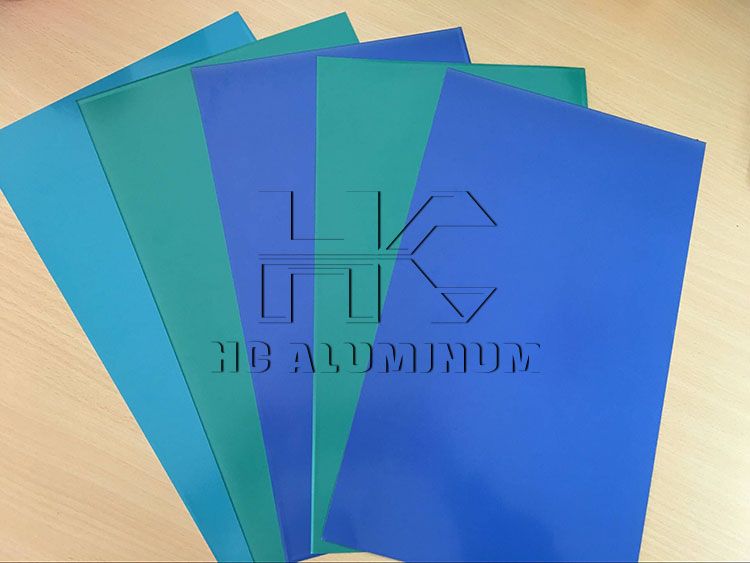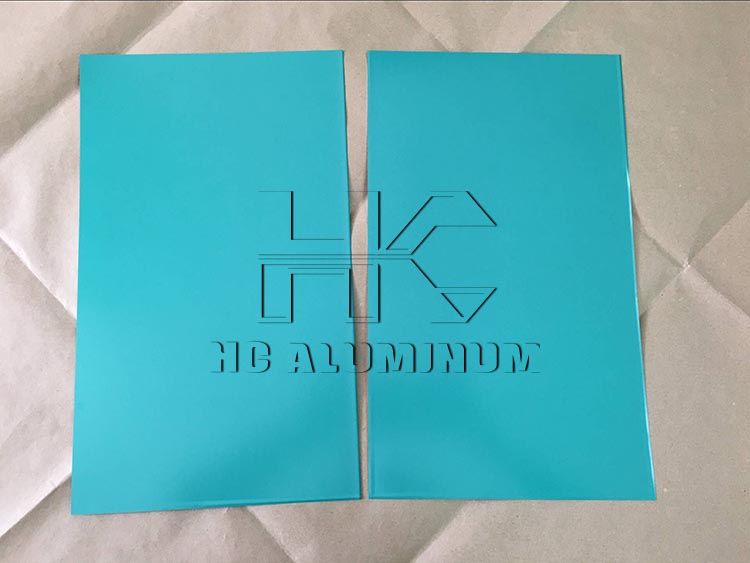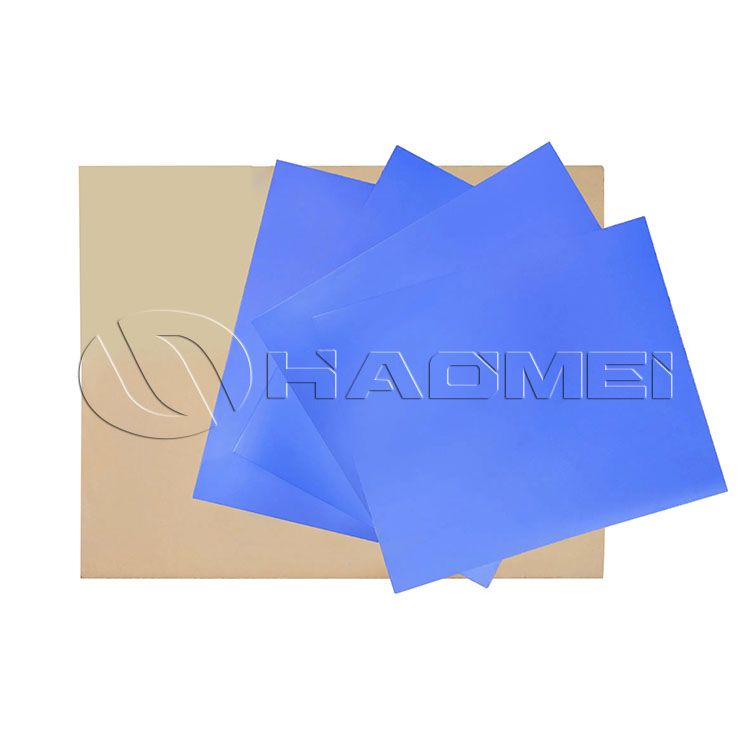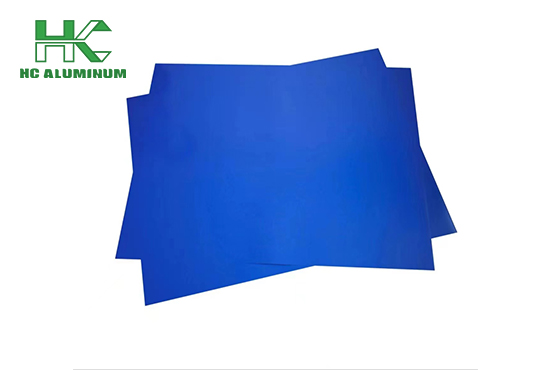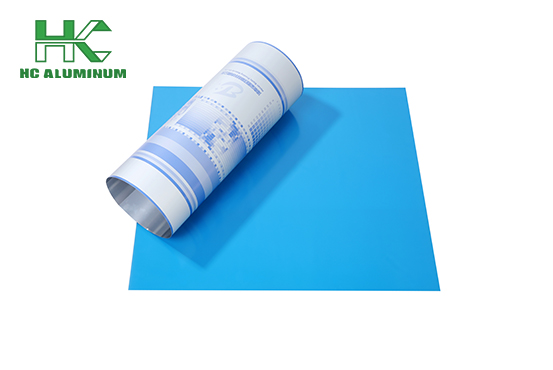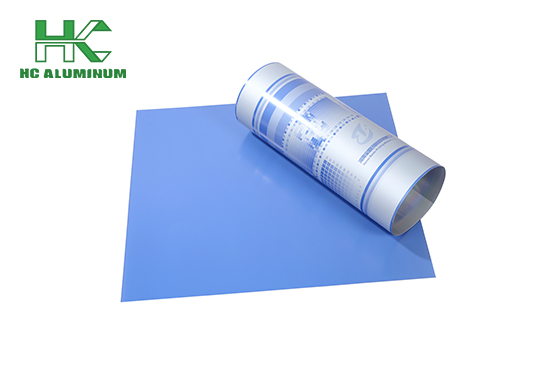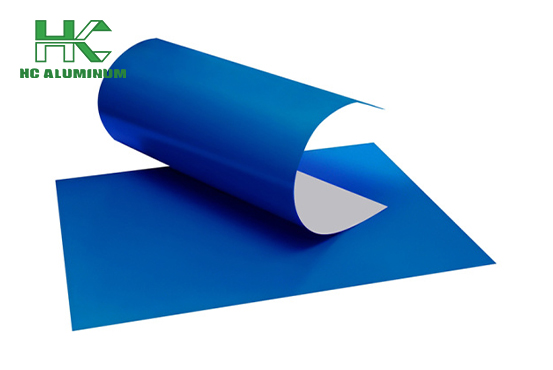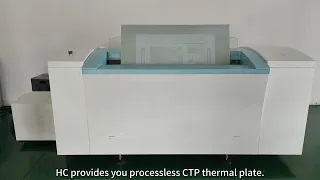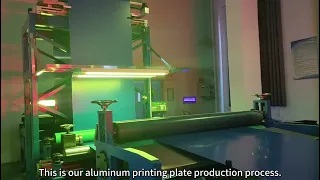What Are Main Types of Aluminum Litho Plates
In the field of printing, the aluminum litho plate has become an important cornerstone of modern printing technology with their unique advantages. Aluminum printing plates, in simple terms, are metal plates with smooth surfaces and good flatness and stability, which enables them to accurately carry printed graphic information. Its material properties provide reliable guarantees for high-quality printing and play an indispensable role in a variety of printing processes.
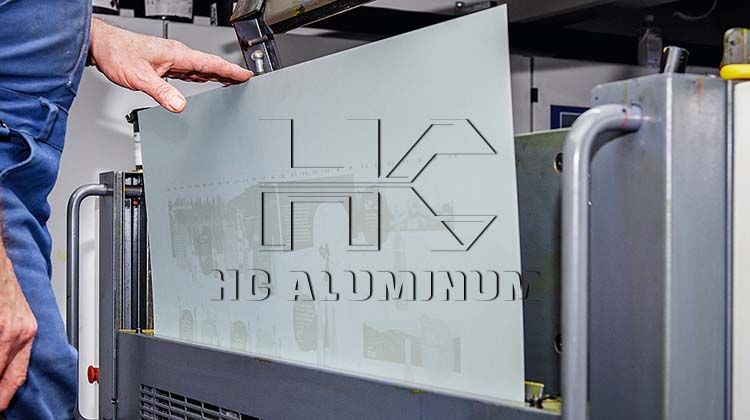
PS plate
PS plate, or pre-coated photosensitive plate (Presensitized Plate), is made by pre-coating a layer of photosensitive resin on an aluminum plate substrate. High-quality PS plate aluminum plates need to be electrolytically ground and anodized, which gives it many excellent properties.
The coating of the PS plate is flat, uniform in thickness, has good hydrophilicity, and has excellent wear resistance and chemical stability. Therefore, its printing durability is extremely high, and it is particularly suitable for printing high-precision, high-quality products. The commonly used PS plate aluminum plate substrate is generally 1050 and 1060 aluminum alloy thin plates, with a state of H18. In addition to being used to make PS plates, 1060 aluminum plates are also widely used in the production of positive PS plates, thermal CTP plates, photosensitive CTP plates, UV-CTP plates, etc. .
The width of aluminum plates used to make PS plates generally ranges from 400 to 1600 mm, and the conventional thickness is 0.10 to 0.50 mm. The surface quality and flatness of the aluminum plate substrate are extremely high. In order to obtain high-quality aluminum plates, a special straightening method is required after cold rolling. Advanced straightening processing technology can avoid defects such as hard scratches, straightening marks and chatter marks. The electrostatic spraying technology of the matte surface can smoothly discharge the air between the film and the PS plate during printing. Compared with the PS plate without a matte surface, the vacuuming time is shortened by two-thirds, which greatly reduces the plate making time. The advanced multi-layer grit technology consists of grits of different sizes (large wave, medium wave, small wave), which helps to improve the printing durability of the PS plate base and achieves a good balance between printing durability and anti-fouling.
CTP plate
CTP plate is Computer To Plate, and its appearance has led to the digital transformation of the printing industry. CTP plate also uses aluminum plate as the base material, but its platemaking process does not require traditional film, but directly outputs the graphic information to the printing plate through a computer.
According to the principle of platemaking imaging, CTP plates are mainly divided into thermal CTP plates and photosensitive CTP plates. The positive thermal CTP plate uses thermal imaging technology and are sensitive to temperature changes. When exposed, the thermal coating on the plate absorbs laser energy and undergoes physical or chemical changes to form a graphic area. This type of plate is insensitive to ambient light, the platemaking process is stable, and the dot reproducibility is good. It can meet the needs of high-precision printing and is often used to print high-quality picture albums, posters, etc.
Photosensitive CTP plates are based on the principle of photosensitive imaging. The photosensitive coating on the plate undergoes a photochemical reaction under the irradiation of light of a specific wavelength to form graphics. It has the characteristics of fast plate making speed and high sensitivity, and is suitable for printing tasks with high timeliness requirements, such as newspaper printing. In addition, there is UV-CTP plate, which combines the advantages of UV technology and CTP plate making, and plays an important role in some special printing scenarios. The emergence of CTP plate has greatly improved the plate making efficiency, reduced the intermediate links in the traditional plate making process, reduced costs, and improved the printing quality, making the color reproduction and detail expression of the printed products more outstanding.
Printing Plates For Corrugated Boxes
What Are Requirements of Printing Presses on Metal Printing Plates

